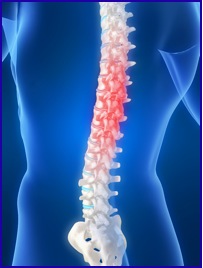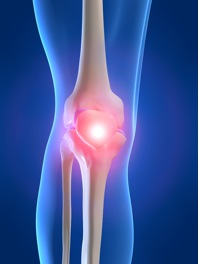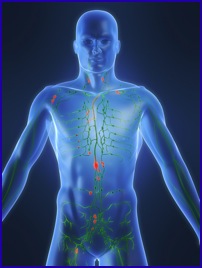
Osteopathy is described as a way of detecting and treating muscles, ligaments, nerves and joints which are damaged or not functioning fully.
Osteopaths develop a very high standard of hands-on skill (palpation) which is applied through various techniques. At Colne Osteopathy a wide range of techniques are employed, which includes:
- Spinal manipulation.
- Soft tissue manipulation, connective tissue massage (CTM), deep tissue massage, inhibition technique, functional release (unwinding of fascia).
- Joint articulation, harmonic technique and proprioceptive neuromuscular facilitation (PNF), strain counter strain, positional release.
- Muscle Energy Technique (MET).
- Cranial osteopathic technique.
- Visceral Osteopathy.

There are many slightly different approaches in musculo-skeletal health between professions such as osteopaths and physiotherapists as well as between therapists of the same training. Osteopathy applies the tenet that the body is a unit. This means that if a patient presents with a shoulder pain David wont just look at the shoulder but will want to examine whole spine and legs and feet as part of a postural assessment. Shoulder pain can sometimes occur because of a foot knee hip problem not just a local shoulder injury or impairment. “Finding the cause of a muscular pain offers the best results.”
At Colne Osteopathy the vast majority of treatment is hands on. The osteopathic moto is "Safe in our Hands" David has remained enthusiastic about osteopathy and manual health care for 25 years and a multi-diciplinary approach to health, as such he encourages patients to see other practitioners where appropriate such as podiatrists, physiotherapists, acupuncturists, dentists, and of course GP's. Where possible he contacts other practitioners who are treating the same patients to enhance a co-ordinated approach.
A final note here. In recent years there has been an increase in enquiries asking exactly what I do…Describing an extremely subtle interaction, that involves decades of experience over the phone in a few sentences is not possible. Whilst it is appreciated that for some a leap into the unknown is daunting, ultimately, this practitioners response is " you have to try it. I know it looks just like massage. But having treated very experienced manual therapists over the years the feed back is that there is a distinct difference to how these techniques and more interact and influence the body and mind. I hope that helps.
